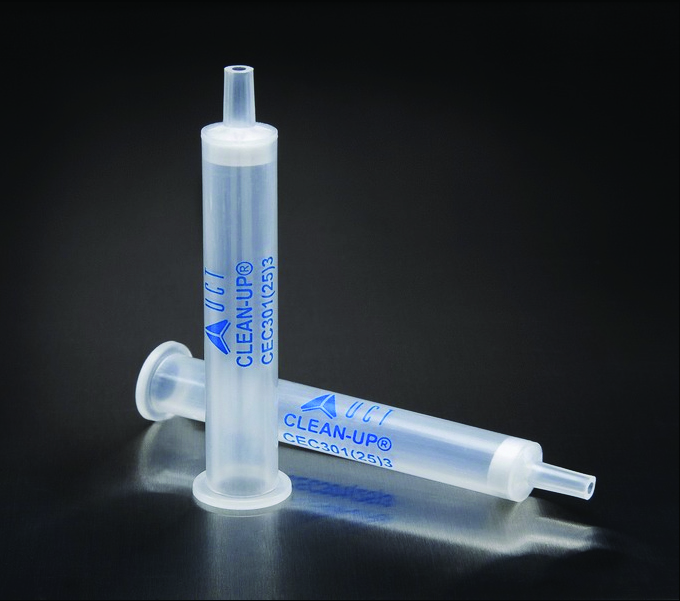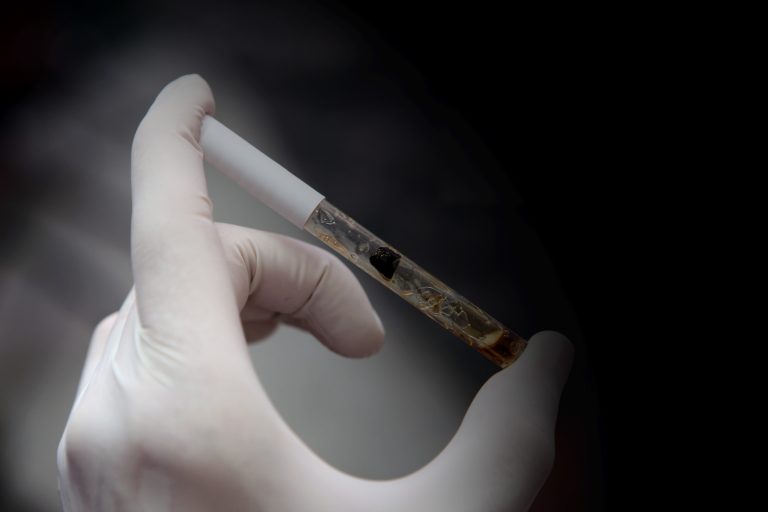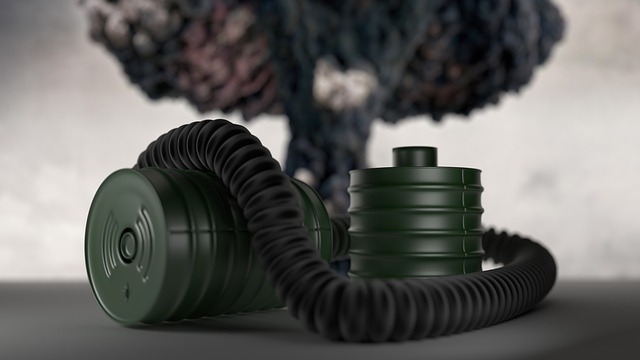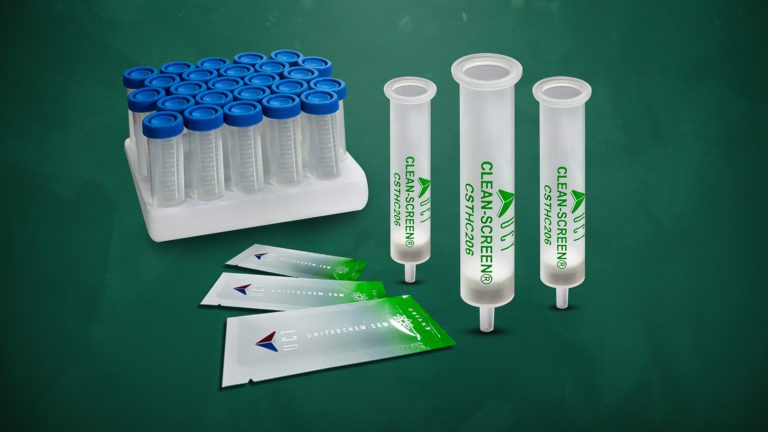TBI uses forensic intelligence from the forensic drug chemistry unit to implement nitazene screening method in the forensic toxicology unit
Tennessee’s Bureau of Investigation (TBI) forensic drug chemistry unit confirmed its first case with nitazenes in late 2019. From January 2021 to December 2023 the forensic drug chemistry unit reported 344 cases positive for nitazenes. 227 of these cases (66%) reported one or more additional drugs in the sample, fentanyl and heroin were the most common. With no screening kit for nitazene compounds in the forensic toxicology unit realized a large number of nitazene cases were potentially being missed. Since nitazenes were commonly identified with fentanyl, the toxicology unit altered its opiate/fentanyl LC-MS/MS confirmation method to monitor isotonitazene and metonitazene ions.
Samples were confirmed for opiates and fentanyl while simultaneously being screened for nitazenes. 500 µL of sample was spiked with internal standard and diluted with 3 mL of phosphate buffer before being centrifuged for 10 minutes. Samples were directly loaded on UCT’s Clean Screen Xcel I SPE column before being washed with 3 mL of ionized water and 3 mL of 2% acetic acid in methanol. SPE columns were dried for 10 minutes before analytes were eluted with 3 mL of DCM:IPA:NH4OH (78:20:2). Samples were evaporated and reconstituted before being injected on a Sciex 3200 Qtrap. Samples that screened positive for isotonitazene and/or metonitazene were outsourced on a case-by-case basis.
Between 2021 and December 2023, 206 samples were presumptively positive for isotonitazene and metonitazene. 203 of these cases (98.5%) were positive for additional drugs. Fentanyl and methamphetamine were the most common which is consistent with data found by the forensic drug chemistry unit. This study shows the importance of cross-unit communication, especially when battling the ever-changing market of novel psychoactive substances. The data collected also demonstrates a need for TBI’s forensic toxicology unit to implement a confirmation method for nitazenes, all presumptively positive cases could not be outsourced due to budget reasons. The confirmation method should include the new nitazene analogs and metabolites that have been discerned by research.
Citation: Adam Gray, Sarah Douglas, Michael Tiller, Michael Bleakley, Using forensic intelligence as a model for determining future toxicology methods: TBI forensic toxicology and forensic drug chemistry nitazene identification, Journal of Analytical Toxicology, Volume 48, Issue 6, July 2024, Pages 463–467, https://doi.org/10.1093/jat/bkae035






